Permaculture: Designing a Self-reliant Life
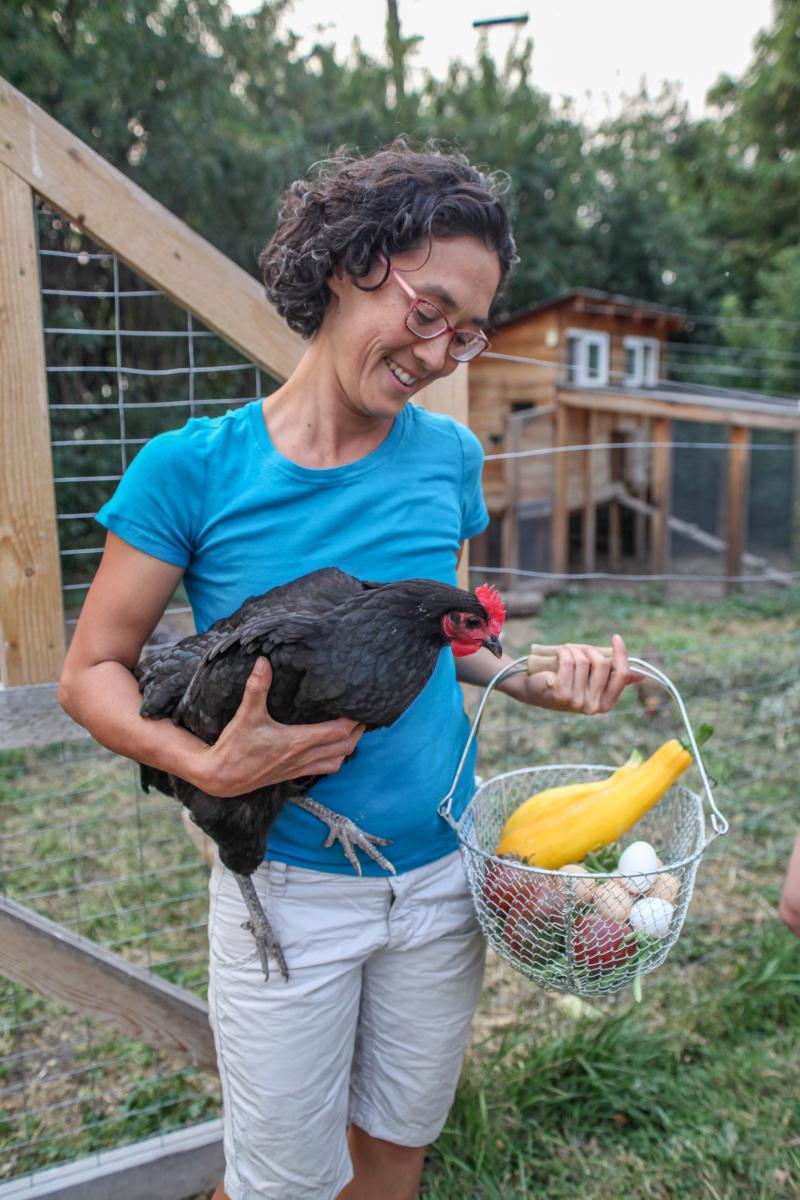
If you’re the type of person who likes to dig in the dirt, then chances are you’ve come across the term permaculture because it’s become a buzz word in the sustainability field.
Permaculture is a design approach for sustainable living and land use that is rooted in the observation of natural systems. Coined in the 1970s by Australians Bill Mollison and David Holmgren, it synthesizes traditional knowledge with modern science, providing a set of ethics and principles that teach us how to grow our own food, build natural homes, catch rainwater, harness energy, and restore degraded landscapes.
The word permaculture originally referred to “permanent agriculture” but has been expanded to include “permanent culture,” since the social aspects of people living together are fundamental to a truly sustainable system.
I came to permaculture in my late twenties, after spending the first couple decades of my life feeling angry, sad, or helpless in the face of the ecological crises I would read about in the news—water and air pollution, soil degradation, habitat destruction, species extinction—the list was and remains endless. When I started looking for solutions, it didn’t take me long to find permaculture.
Permaculture claims that many of the crises that we face today are not so much a lack of technology or intelligence, they are due to a lack of design or dumb design. The scale of a large cattle farm, for example, creates a waste product like manure and yet, if designed differently, that waste product would be a resource, recycled back into our agricultural land.
Houses, especially during cold Montana winters, can consume an enormous amount of energy. If designed with south-facing windows that take advantage of the passive solar heat gain, you could cut down on energy costs. If you capture rainwater off your roof and add an attached greenhouse to grow food, then you’ve decreased your heating, water and grocery bills through smart design.
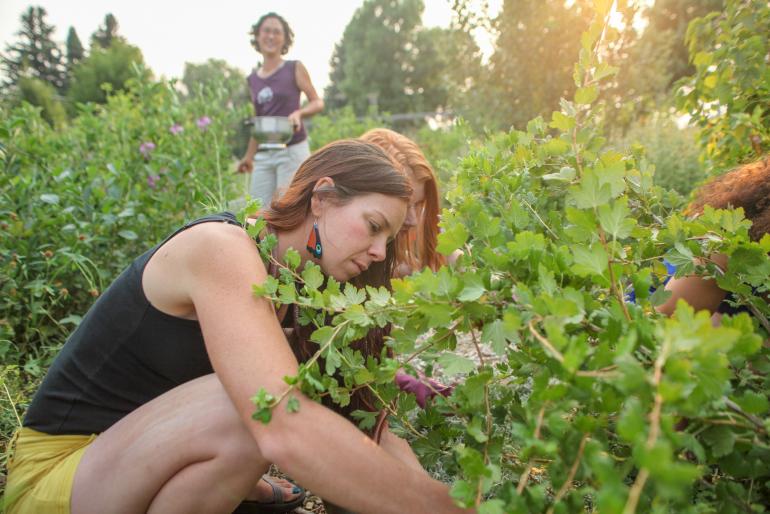
Permaculture is guided by three ethics: care of the earth, care of people, and fair share. While the first two ethics need no real explanation, the third ethic means that any surplus that you have should be reinvested back into the first two ethics. In other words, if you have extra garden veggies, give them to your friends or sell them at the market; if you have extra time, help your neighbor preserve her tomatoes; extra compost or manure—donate it to the community garden.
A set of design principles has evolved to inform how you go about transforming a site into a permaculture property. Once you understand these principles you can apply them at any scale—from a small backyard to a neighborhood to a 100-acre property. Here are some of those principles:
OBSERVE
“When it starts pouring rain tomorrow, I want you to come out here and watch how the water flows off your roof and onto the ground.” This was the recommendation that I gave a client this past spring when I went to her property to talk about a permaculture design. It’s not every day that I ask a client to purposefully stand in the rain, but it was important to start observing the patterns of water flow on her property.
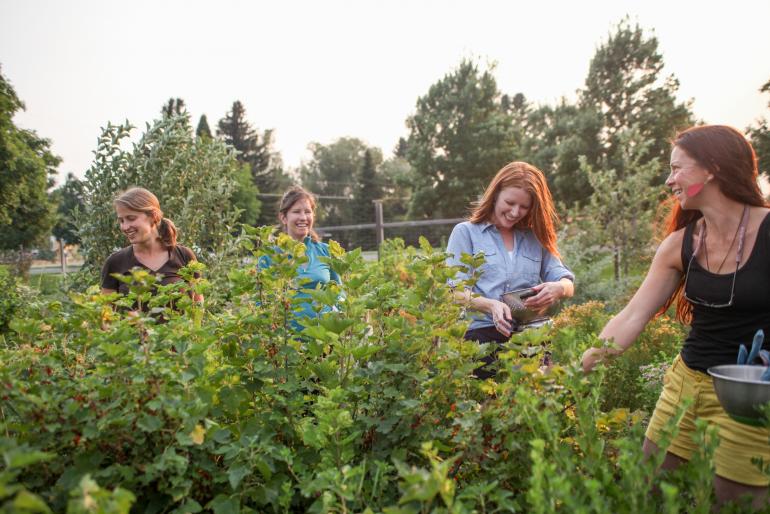
This ability to get quiet and observe your site is fundamental to the concept of permaculture. What do you hear, smell, and feel when you walk out your backdoor? Where do the leaves and snow accumulate? Where does water run off when it rains? Any soggy or dry spots in your yard? On a hot summer day, where would you feel most comfortable? What existing resources (e.g. leaves, building materials, plant and seed sources) do you have on site?
The more time you spend in the observation phase, the less time you will spend fighting natural forces and undoing your mistakes. Mollison said it best, “Your aim is protracted and thoughtful observation rather than protracted and thoughtless labor.”
CATCH AND STORE ENERGY
Identify what energies come onto your site (e.g. solar, water, wind) and then set up “interception nets” to capture as much of this renewable energy as possible. Do you have a windy site? Set up a wind turbine. Is your yard in full sun? Plant an orchard, a large garden, put up a greenhouse or do all three!
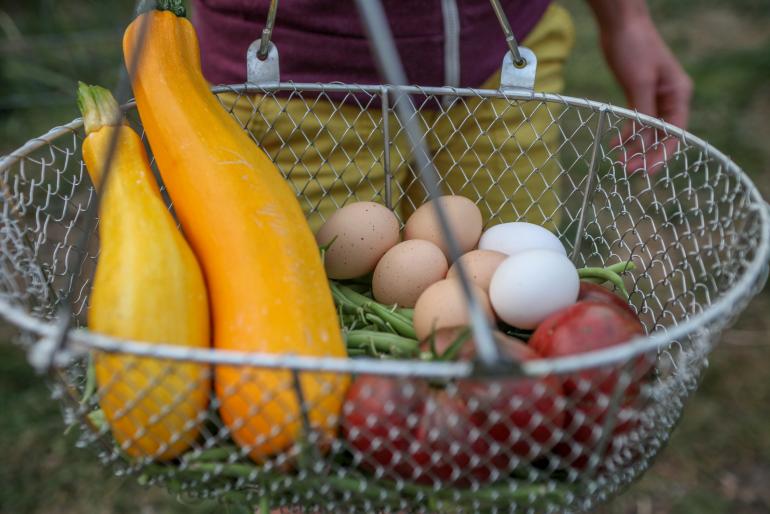
MULTIPLE FUNCTIONS
In permaculture, every component in your system (e.g. greenhouse, pond, garden, compost pile) should perform multiple functions. For example, our backyard chickens not only provide eggs, but they scratch up the ground and eat pests, their manure adds nutrients to our garden, and their feathers can be added to the compost pile. Similarly, the plant comfrey (Symphytum officinale) is known for its medicinal properties, its purple and pink flowers attract beneficial insects and it’s an excellent mineral accumulator. Its leaves can be slashed a couple of times during the growing season and act as nutrient-rich mulch for fruit trees or serve as an excellent addition of “greens” to the compost pile.
OBTAIN A YIELD
Permaculture design is about meeting more of your needs, whether that is food, medicine, fertilizer, energy, or even fodder for your animals. In other words, don’t just plant ornamentals or water a lawn, grow food and medicine instead. Plant an apple or pear tree, mint and lemon balm for teas, purple coneflower and calendula for medicine, borage and lavender to attract pollinators.
SMALL-SCALE SYSTEMS
It is best to start small when you are first experimenting with permaculture. Start at your doorstep and build the smallest system that will begin to meet some of your needs. Perhaps it is a small herb or salad garden and a few fruit trees or berry bushes. Then, observe what works for your lifestyle, your yard, and your garden. I like to recommend to my clients that they ‘grow into their garden’, building on their successes and expanding incrementally.
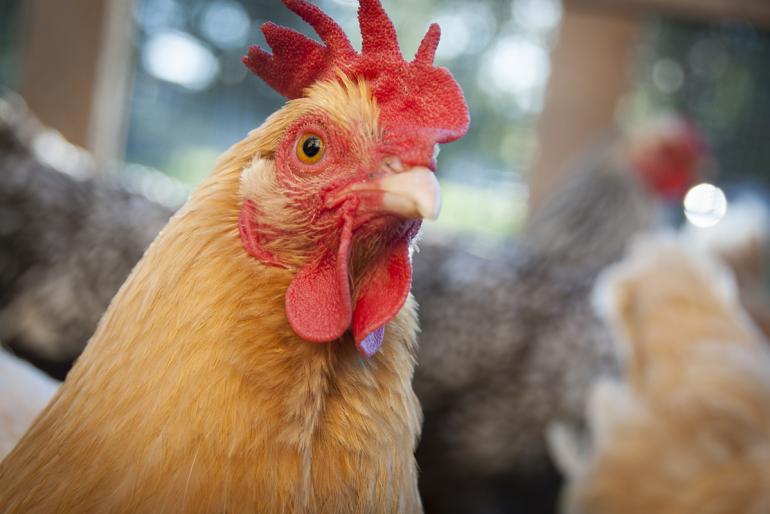
PERENNIAL CROPS
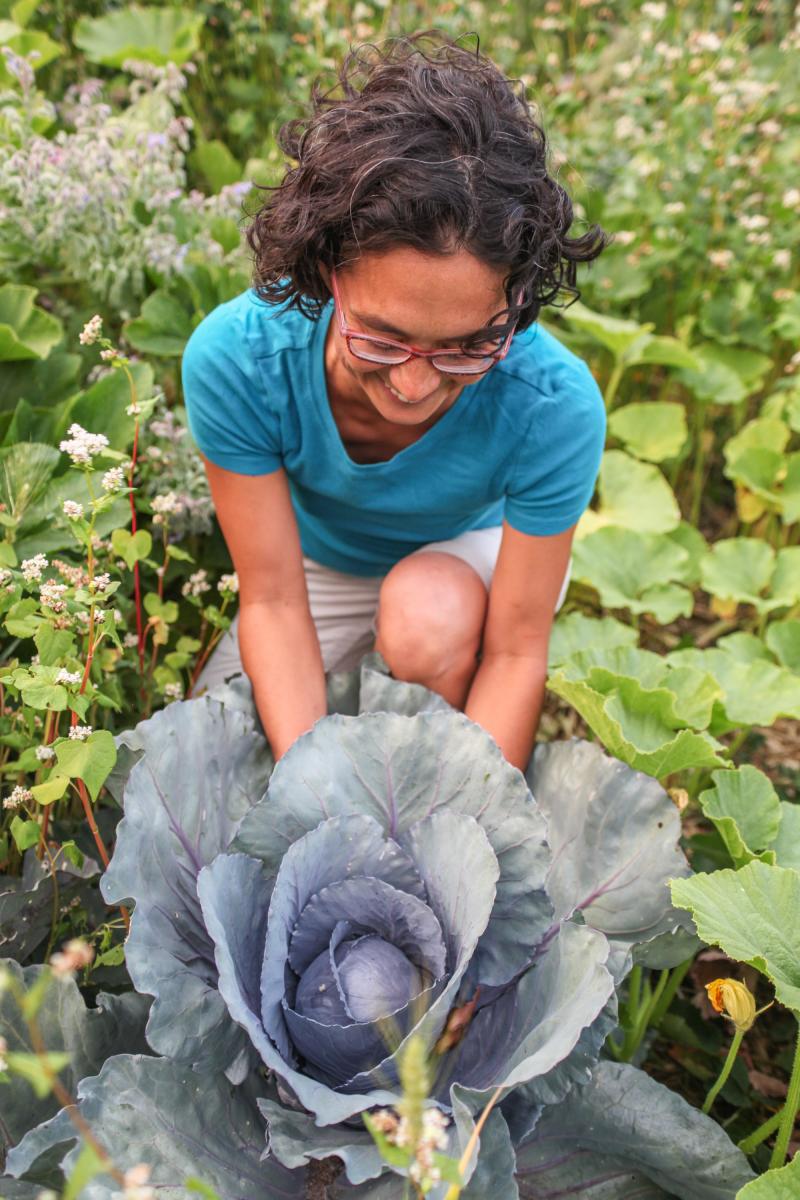
Instead of just planting an annual garden, introduce edible perennials into your yard, decreasing the amount of soil that needs to be tilled each year. If you have the space, work towards a perennial “food forest” in your backyard. This can be in the form of fruit trees (apple, pear, plum, cherry) and berry bushes (raspberries, currants, gooseberries, honeyberries) in addition to perennial herbs (chives, oregano, thyme, sage, lovage), and vegetables (rhubarb, asparagus, Jerusalem artichokes).
Since Mollison and Holmgren first coined the term over 40 years ago, permaculture has become a global movement with design strategies and techniques for every climate, landscape, and culture. We are lucky in Montana because we already have a rich agricultural history. The Homestead Act led to an influx of thousands of people into Montana in the early 1900s, encouraged by the promise of land and self-reliant living.
By 1950, 70% of the food Montanans ate was grown in the state. Yet today, we import 86% percent of our food. Our history and our land have proven that we can be more self-reliant and it’s time to start turning the tide back. This doesn’t mean that we are going back to the past; it means that we are ensuring our future.
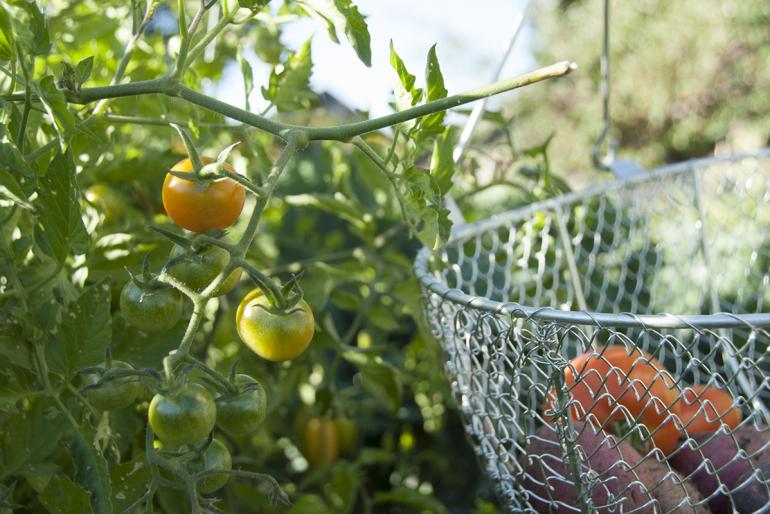
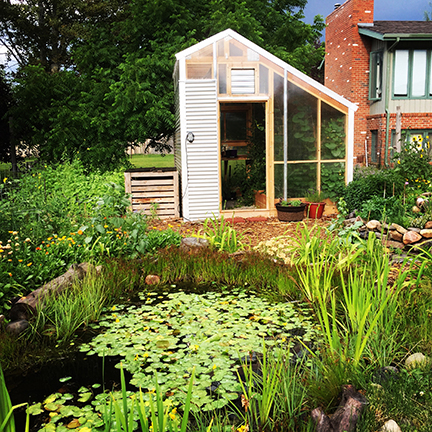
As I plant my veggies every spring, I’m reminded of what one of my permaculture teachers, Rosemary Morrow, who wrote the book, Earth User’s Guide to Permaculture, said, “If, over your lifetime, you build or retrofit a simple, non-polluting home and grow your own food, build soil, and care for natural vegetation, then you will have lived a full, creative, and interesting life with great personal freedom, satisfaction, and autonomy.” Creating a productive, beautiful and abundant site using permaculture principles could be one of the most responsible and rewarding actions that we take for ourselves, for our families, and for our planet.
Leave a Comment Here